Why are my leaves curling downward?
Vladimir (Zone 5b Massachusetts)
5 years ago
last modified: 5 years ago
Featured Answer
Comments (8)
Vladimir (Zone 5b Massachusetts)
5 years agoRelated Discussions
D. capensis leaves curling downwards?!?!
Comments (4)What's up Ben! We just keep running into each other ;) As for your Cape Sundew and it's downward curling leaves: Just like Clay said above me, Cape Sundews just seem to behave this way sometimes. I notice that my plants will do this after they flower or if they're stressed. Then again, it will happen when the plant is doing just fine. So don't worry about it. Your Cape Sundew will grow out of this phase eventually. Glad to hear that it's going well otherwise! -Mitch...See MoreWhy are my succulents' leaves turning downward?
Comments (3)I don't have pictures, but the ones I'm having most trouble with are in the echeveria family. One looks like an Arlie Wright or hybrid of echeveria gibbilora. The other, also in the echeveria family is a rosette, with bluish/green leaves....See MoreDownward curling of tomato leaves
Comments (15)Many people spray fungicide weekly a preventive measure from the day their tomatoes go outside. It's no guarantee, but it can delay disease onset and lessen disease speed and severity so that you can get a good harvest from your plants. There are organic options. Re: "worms"--Btk (Bacillus thuringiensis var. kurstaki) is a biological option that will take care of caterpillars (most "worm" pests on tomatoes are the caterpillars of moths) without harming anything else, as it's a very specific pesticide. If you have problems with "worms" in your fruits year after year, I'd spray regularly from when fruiting starts. I'd spray the whole plant, since a lot of caterpillars start off on foliage but start eating the fruit as well, but take extra care to spray well around the sepals at the top of the fruits as they develop, as that's where tomato fruitworm moths specifically like to lay their eggs. The caterpillars have to eat the Bt in order for it to work--it's not a contact poison--so if you don't get them right as they're starting to burrow into the fruit, you've missed your window. Once inside fruit, it's hard to kill them with anything. So regular application and refreshing the application after rain is important. To help out and attract bees, interplant flowering plants attractive and helpful to native bees and select the species so that there's always something they like flowering in your garden. IIRC, you are in Aus? (You might want to enter your location and zone in the "zone" field of the "advanced" profile options) I'm sure you can google "pollinator garden" for your specific region and come up with ideas on what to plant. If space is an issue, you can plant in pots and move them around as needed. Tomatoes need buzz pollinators, not honeybees, and IIRC buzz pollinators in Aus. are, like here in the US, usually ground-dwelling solitary native bees....See MoreTomato seedlings - leaves are curling downward...Are they OK?
Comments (21)" I actually think it's when true leaves are adapted to the lower radiation levels of artificial indoor light that the plant becomes prone to sun damage. I would guess that, as soon as the growing tip starts producing the first indications of true leaves, that's when you have to start being super careful about sun damage." I'd agree if for no other reason than the cotyledons alone aren't capable of photosyn, only the true leaves. But many times that distinction isn't included in the advice. Shoot I have lost trays of young seedlings sitting in the greenhouse from sunburn, much less outside. What I take issue with is the broad statements made on so many blogs. Utube and even sometimes here, that putting your seedling out in full sun is no problem - no guidelines, no qualifications, no age guidelines, no distinction between full sun in AZ vs. full sun in MN, etc. Newbies read those claims and next thing you know they have a tray full of sun and wind burned plants or dead ones and want to know what happened to them. There is a thread running on this right now over on Vegetable Gardening with pics of young seedlings that were put outside early on and the damage that happened. So the safest approach is to not do it unless you are experienced and really know what you are doing and if you are going to do it be prepared to possibly lose some of your seedlings. If you have 200 of them it is no big deal but if you only started 10-12 plants it can literally wipe you out. But people get impatient and they don't want to bother with proper hardening off procedures. Their choice but they have to pay the price. Dave...See MoreVladimir (Zone 5b Massachusetts)
5 years agonikthegreek
5 years agolast modified: 5 years ago
Related Stories
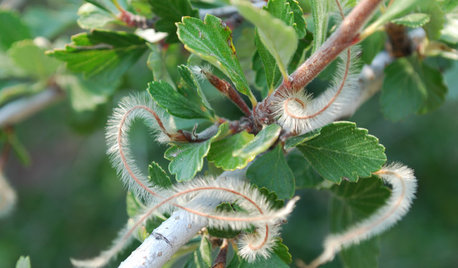
GARDENING GUIDESGreat Design Plant: Curl-Leaf Mountain Mahogany, an Easy Evergreen
Use it as an accent plant or mass it as a screen; this pine and spruce alternative is a hard worker in dry, cold climates
Full Story
FEEL-GOOD HOMECurl Up With Some Dreamworthy Nap Spots
Blissful and serene, these envy-inducing settings will put you to sleep, but for all the right reasons
Full Story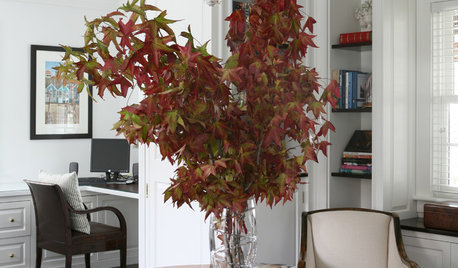
DECORATING GUIDES9 Easy Ways to Decorate With Autumn Leaves
Give your home a burst of color that can be used Halloween through Thanksgiving
Full Story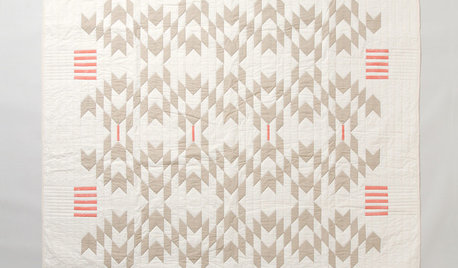
PRODUCT PICKSGuest Picks: Get Summer Camp Style Without Leaving Home
Create a relaxed, outdoorsy feel with a touch of nostalgia, by bunking with these games, artworks and accessories
Full Story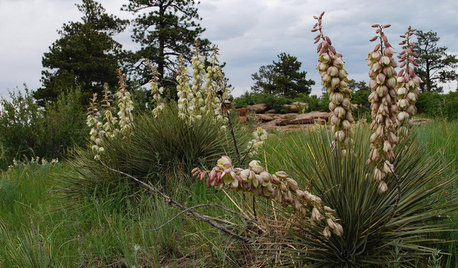
GARDENING GUIDESGreat Design Plant: Yucca Glauca
Soapweed yucca's pale green leaves brighten the winter garden and add sculptural interest year-round
Full Story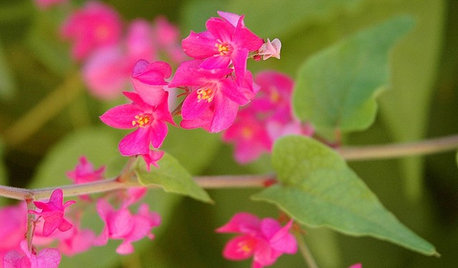
GARDENING GUIDESGreat Design Plant: Antigonon Leptopus in California and Desert Gardens
Dry climates can enjoy sprays of delicate pink flowers and heart-shaped leaves on this drought-tolerant, summer-flowering vine
Full Story
SHOP HOUZZShop Houzz: Texture Makes It Cozy
Use texture in your bedroom to make it feel so cozy, you’ll never want to leave
Full Story
DECORATING GUIDES10 Perfect Pairings of Reading Chair and Lamp
Up your reading style and comfort with these chair and lamp combos too cozy to leave
Full Story
DENS AND LIBRARIESPut Your Feet Up: A Dozen Overstuffed and Comfy Rooms
Take a seat in one of these cozy dens and family rooms and you'll never want to leave
Full Story
CHRISTMASReal vs. Fake: How to Choose the Right Christmas Tree
Pitting flexibility and ease against cost and the environment can leave anyone flummoxed. This Christmas tree breakdown can help
Full Story


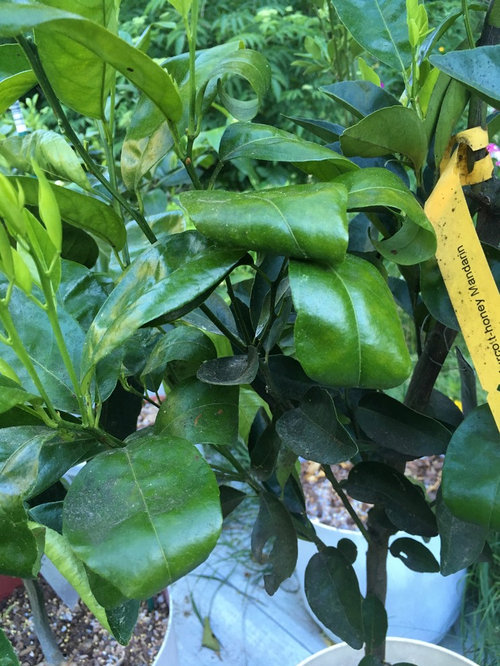
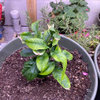

jenny_in_se_pa